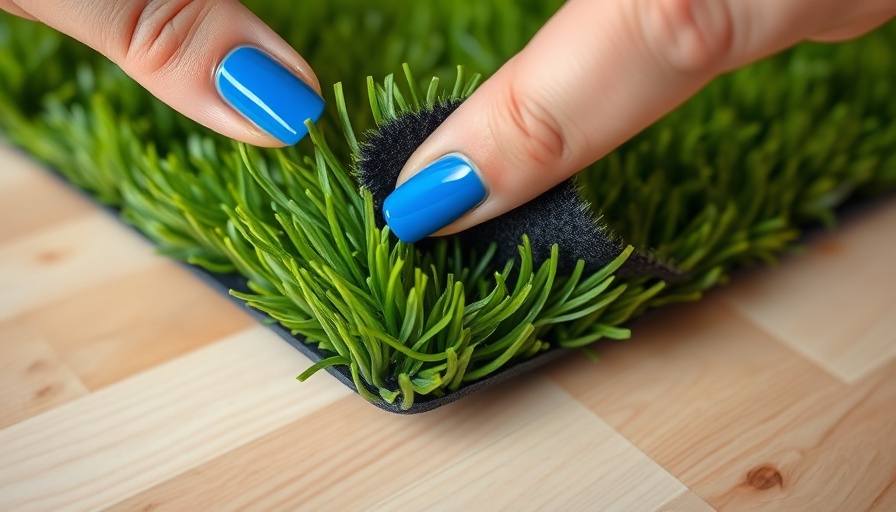
Understanding Artificial Turf Backing and Its Importance
When you think of a perfectly manicured lawn or a lush sports field, your first impression often revolves around the vibrant blades of grass. However, beneath this seemingly simple surface lies the crucial component known as artificial turf backing, which provides essential stability and structure to synthetic grass systems. Just as soil and roots play a vital role in supporting natural grass, the backing materials in artificial turf are designed not only for functionality but also for aesthetics.
Innovative Technology in Turf Backing
Modern artificial turf boasts a dual-layer backing system that is engineered for performance and durability. The upper layer comprises polyester or polypropylene fabric mesh, which firmly holds the grass blades in place. Below it is a secondary layer, typically made from urethane or latex, which adds strength and makes the turf resilient to foot traffic. This innovative structure makes artificial lawns easier to maintain compared to their natural counterparts; while a natural grass field can become muddy and uneven after rain, synthetic turf remains consistently playable and stable due to its superior drainage capabilities.
The Role of Permeability in Turf Maintenance
The drainage characteristics of artificial turf backing can vary widely. Most products feature perforated backings that allow water to drain efficiently, with ratings that can exceed 1000 inches per hour, significantly outperforming natural grass systems. Some turf options even include fully permeable backings, which can facilitate drainage from all areas—ideal for pet owners and households needing flexibility in usage. This practical aspect highlights a unique benefit of knowing the specific types of backing available, especially as homeowners look to enhance their outdoor spaces.
Enhancing Aesthetics: The Natural Look of Artificial Grass
A key advantage of investing in high-quality artificial turf is its realistic appearance. Grass blades are made from various materials like nylon and polyethylene that come in numerous shapes such as diamond, W, and U, mimicking the subtle nuances found in natural grass. The incorporation of vibrant colors and textured blades not only reduces glare but also contributes to a lush, visually appealing landscape.
Durability and Strength Based on Application Needs
Not all artificial turf backings are created equal. The thickness and materials used vary based on the intended application. For instance, sports turf is reinforced for high-impact use, requiring a more robust backing for durability against wear and heavy foot traffic. On the other hand, a lounge area installation in your backyard may not demand the same level of toughness, allowing for more cost-effective choices. Homeowners are encouraged to choose synthetic turf based on their specific usage needs—this decision could greatly affect both aesthetics and longevity.
The Safety Features of Artificial Turf Backing
Besides performance and aesthetics, artificial turf backing also plays a crucial role in safety. Many high-quality turf products are designed to be flame resistant, which is a vital consideration for homeowners. The flash point for polyethylene yarns exceeds 500 degrees Fahrenheit, indicating their resistance to ignition. Understanding these safety features not only provides peace of mind to homeowners but also highlights the technological advancements designed to ensure a safe outdoor environment.
Concluding Insights about Artificial Turf Backing
Artificial turf backing may remain unseen, but its importance cannot be understated. From providing stability to ensuring safety and ease of maintenance, high-quality backing is what truly enhances the utility and appeal of synthetic grass. For homeowners considering the switch to artificial turf, it’s crucial to understand the specific backing options available and how they align with your outdoor needs.
As you contemplate enhancing your outdoor space with artificial turf, remember to consider not just the surface aesthetics but the underlying technology that guarantees longevity and safety. Invest in quality materials, and transform your landscape into a lush, low-maintenance haven.
 Add Row
Add Row  Add
Add 




Write A Comment